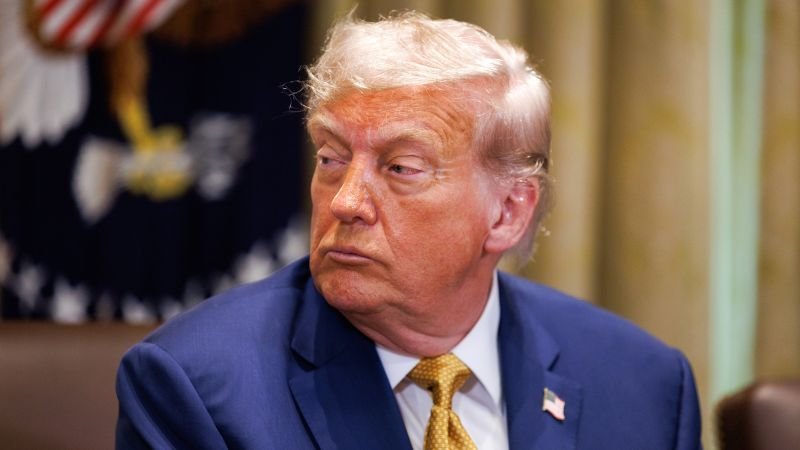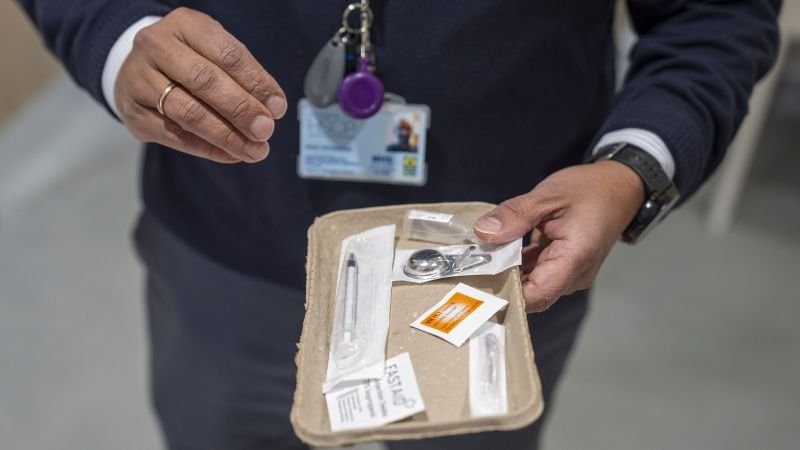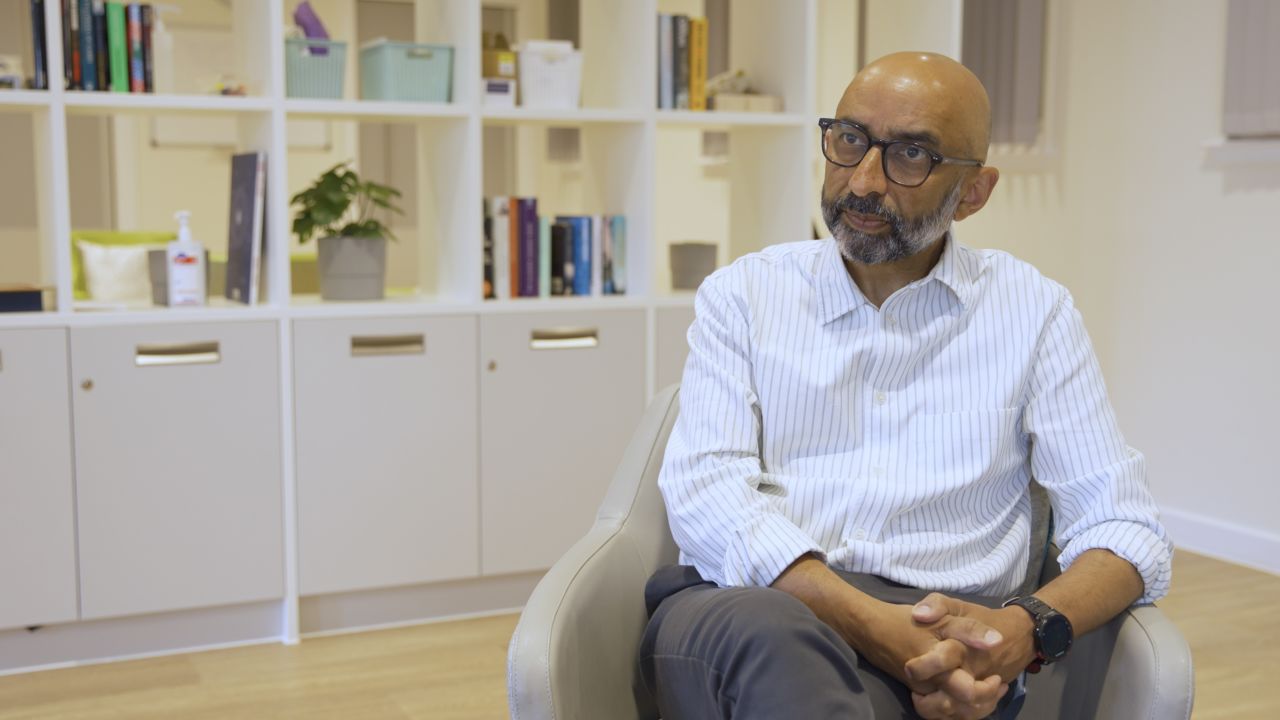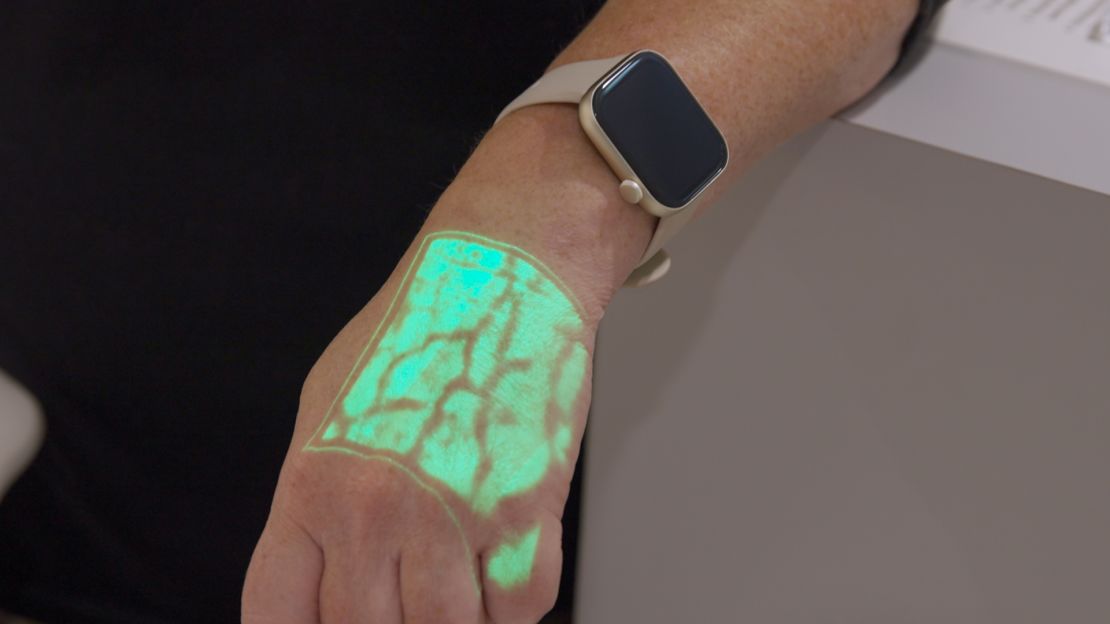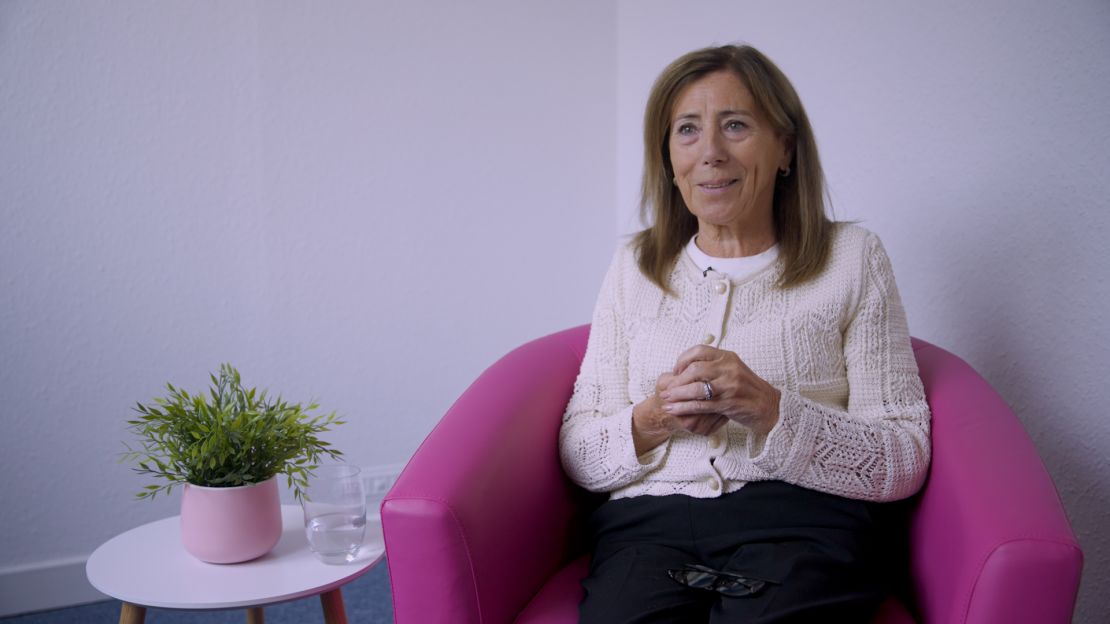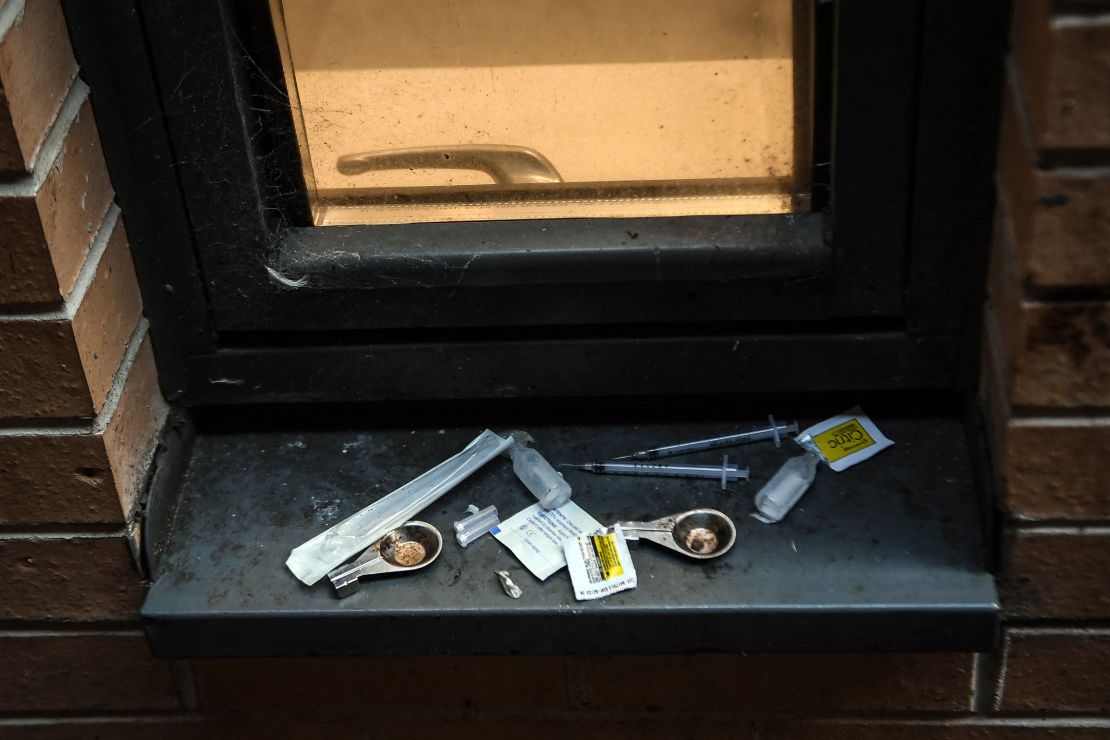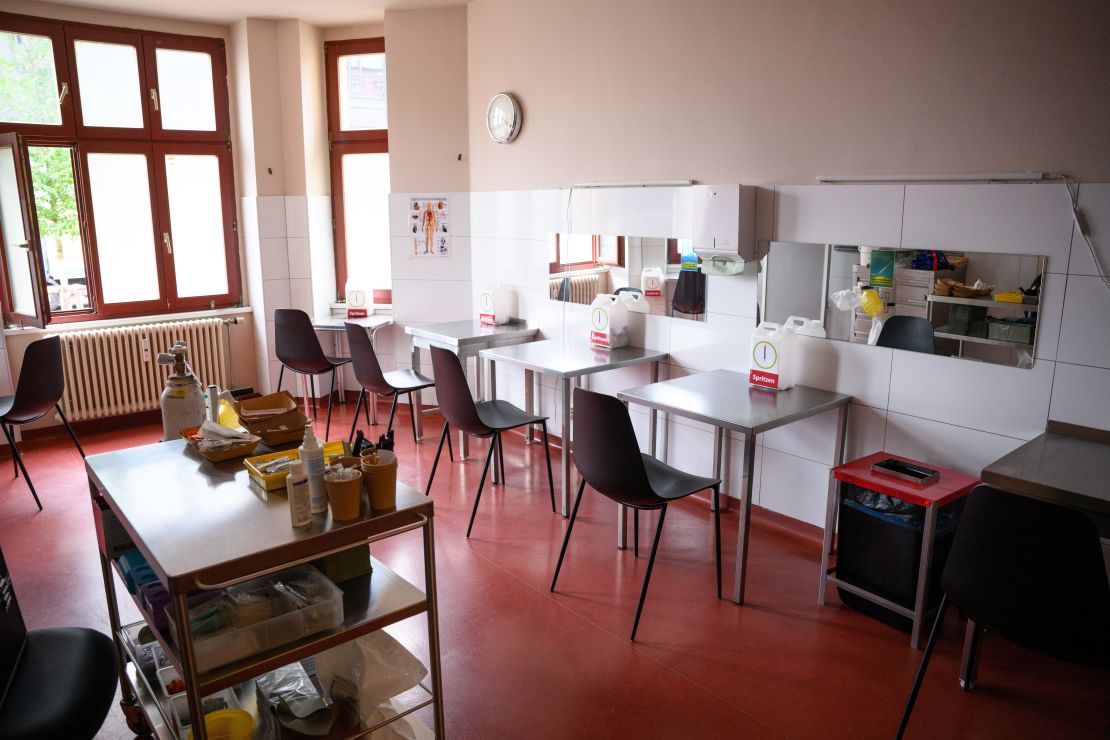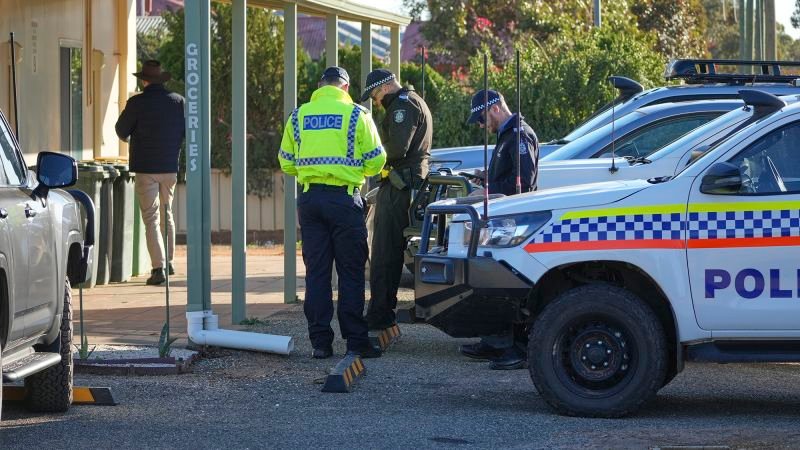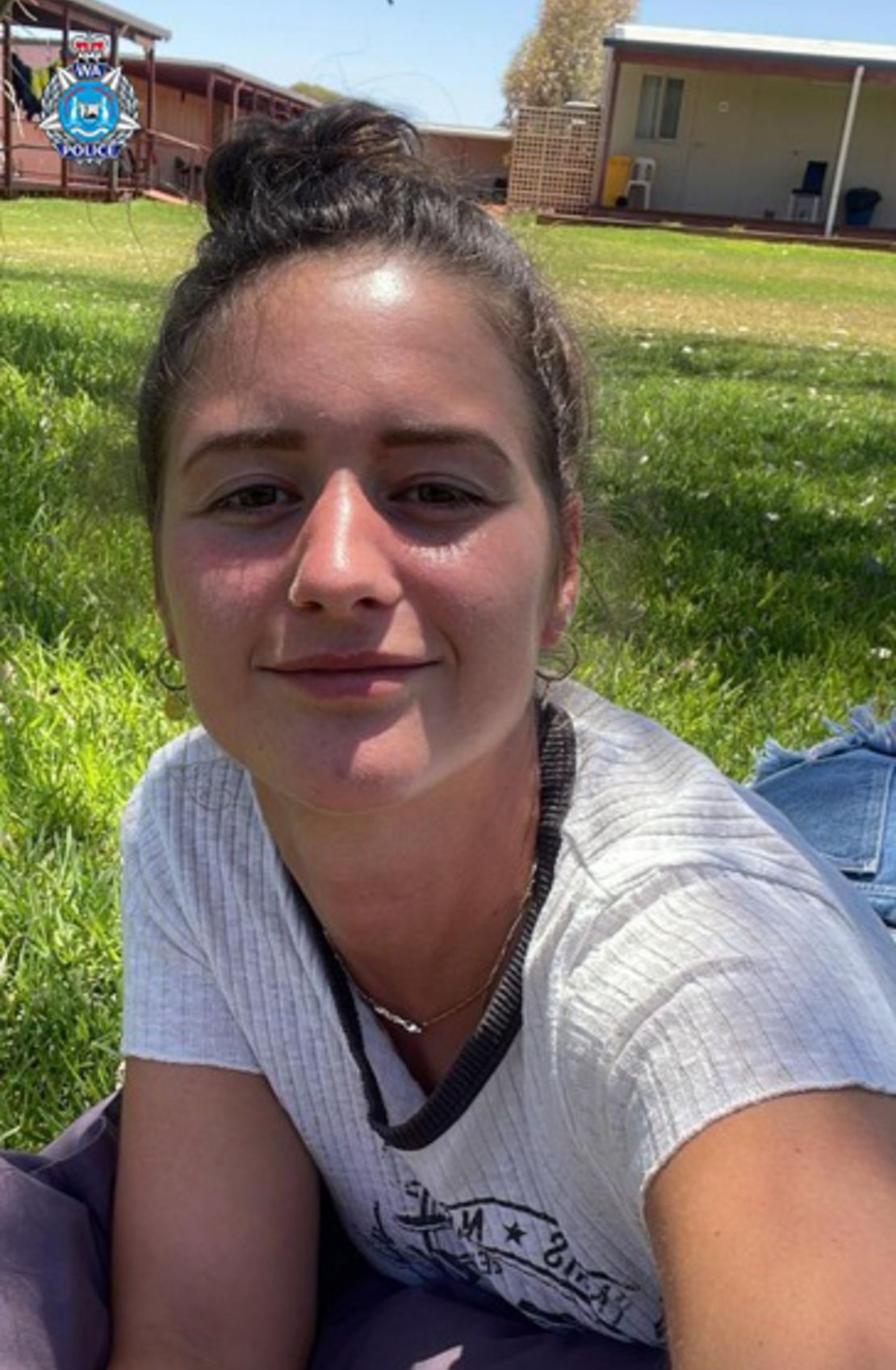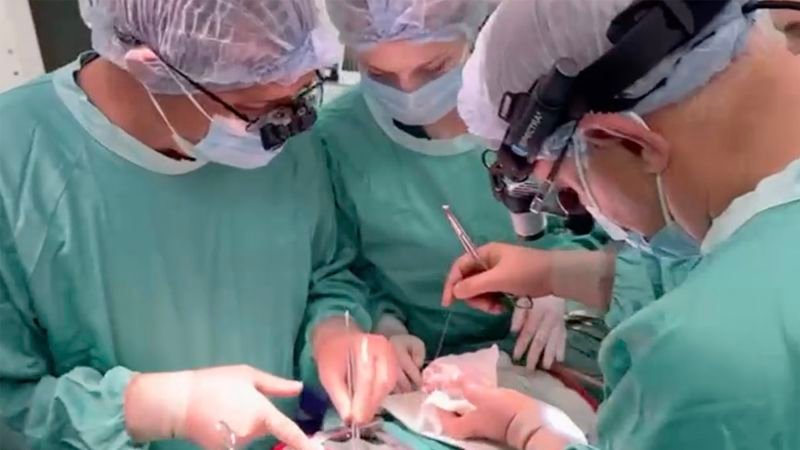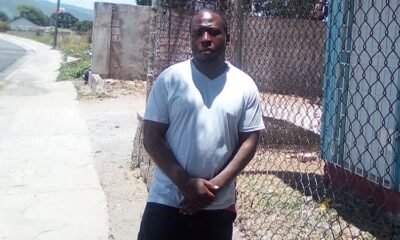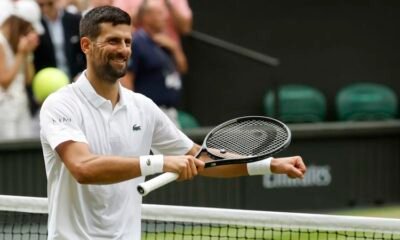CNN
—
President Donald Trump seems to have learned the lesson painfully gleaned by all his 21st-century predecessors: You can’t reset US relations with Vladimir Putin.
Trump’s path from idolizing the Russian leader to berating him has been a melodrama of personalized geopolitics. But what happens next is far more important.
The president’s epiphany offers new possibilities for Ukraine, Putin’s critics in Congress and America’s browbeaten allies. But it also comes with risk — most notably of a test of wills between alpha males Trump and Putin, who control the world’s two top nuclear arsenals.
Trump always tries to up the ante with foreign friends and foes with rhetoric and tariffs. But now he’s up against a ruthless adversary who raises the stakes not with bluster, but with human lives, as intensifying drone blitzes on Kyiv — a clear message to the White House — show.
Such is Trump’s transactional nature that it’s fair to ask how long his hostility toward his erstwhile friend in the Kremlin will last. And even though he’s talking about helping Ukraine defend itself, it’s hard to see his transformation extending to match the tens of billions of dollars in military and financial aid sent to Kyiv by the US Congress during the Biden administration.
However, the president told NBC News on Thursday that he has secured a deal through NATO to send new Patriot anti-missile missiles to Kyiv that it badly needs to repel Russian attacks on civilian targets.
“We’re sending weapons to NATO, and NATO is paying for those weapons, a hundred percent,” the president said. “We’re going to be sending Patriots to NATO and then NATO will distribute that,” he added. The exact parameters of the deal were not immediately clear, and CNN has reached out to the alliance.
Trump seems to have reached a pivot point. He’s shifted from unfathomably blaming the victim of the war, Ukraine, to accusing the aggressor, Russia, of needlessly prolonging it.
The question is, how does this change US policy on the war and on Russia, as well as Trump’s own attempts to exert US leadership and the domestic politics around Ukraine?
Trump’s declaration that he was fed up with Putin’s “bullsh*t” this week was a startling twist, albeit one characteristic of his sometimes-profane brand of statesmanship.
No one tried harder than Trump to persuade Putin to end the war in Ukraine, which started with an illegal invasion in 2022. He’s spent years praising the Russian leader’s smarts and strength.
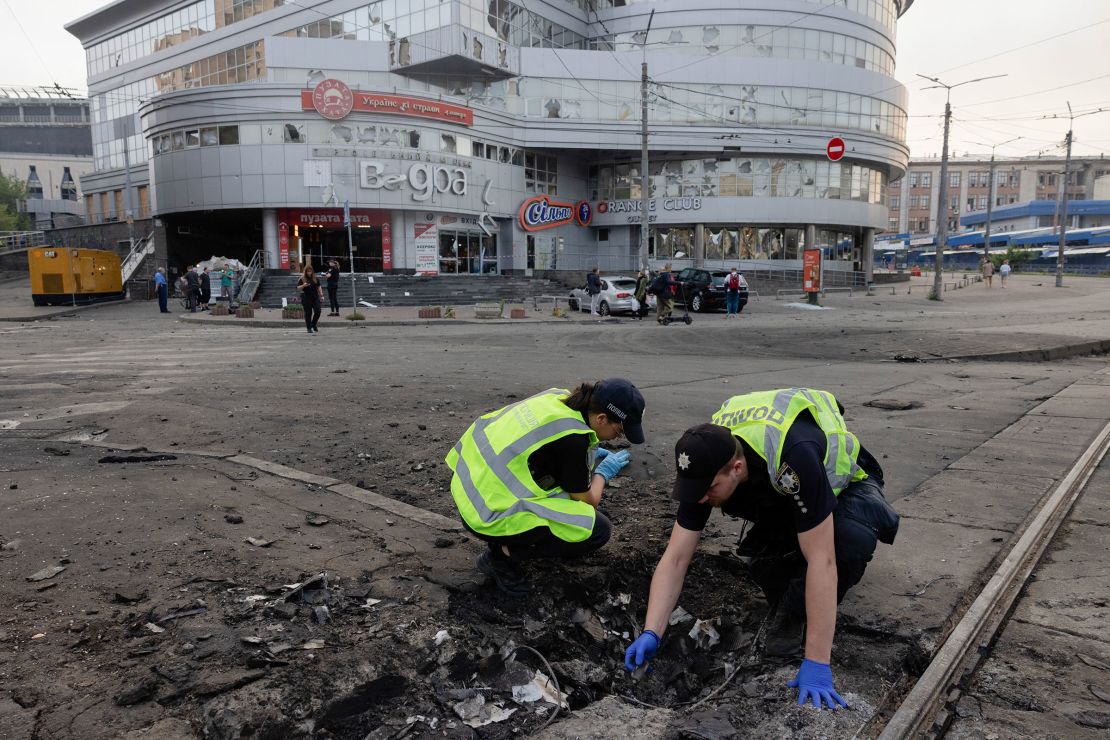
But even as Trump turned on Ukrainian President Volodymyr Zelensky after returning to office — including in a notorious Oval Office blow-up — Putin spurned all of the US president’s exceedingly generous terms for a ceasefire and an eventual peace agreement.
Putin’s motives are an important consideration here.
From a Western perspective, the Russian leader may be guilty of an extraordinary self-inflicted political gaffe. He could have had a US-backed peace deal that Ukraine’s allies in Europe feared would reward his aggression, that locked in the territorial gains of the invasion, and that would have set in stone that Ukraine would never have a path to NATO membership.
But imposing Western logic on Putin’s calculations has always been a mistake. (This was a factor in the Obama administration’s misreading of the Russian leader ahead of his first escapade in Ukraine — the annexation of Crimea in 2014.)
Putin made clear before the invasion that he sees the conflict as righting a historic wrong — both over Russia’s age-old claims to Ukraine and his wider grievances that date back to the fall of the Berlin Wall, which he watched with dismay from his post as a KGB lieutenant colonel in communist East Germany. Putin talks of the “root causes” of the war. This is code for a number of Russian grievances that include the existence of a democratic government in Kyiv. It sometimes refers to Moscow’s claims that it is threatened by NATO expansion after the Cold War and to its desire to see alliance troops withdrawn from former communist states once in the Soviet Union’s orbit, such as Poland and Romania.
From this perspective, Putin may not have intended ever to end the war, and the calculations of Trump and his aides that he could be persuaded to do a “deal” — the central assumption of the president’s entire worldview — was misguided. And after hundreds of thousands of Russian casualties, the war may be existential to Putin for his political survival.
Countless US and European observers have tried to convince Trump of this view for years. In a way, it’s stunning that Trump took so long to reach this point. The president said this week of Putin, “He’s very nice all the time, but it turns out to be meaningless.”
Ukraine hawks hoping for a newly robust US policy on the war may want to temper their enthusiasm. Trump’s frustration with Putin does seem genuine this time. But several times in recent months, he’s criticized the Russian leader only to later caveat his anger.
But if the president has finally concluded that he can’t cajole Putin into peace talks, is he willing to try to coerce him into them?
“I think Trump gets it now,” Charles Kupchan, a senior fellow at the Council on Foreign Relations told John Vause on CNN International. “He’s got to put more pressure on Russia if he’s going to get a deal with Ukraine.”
Such pressure might include an increase in US arms and ammunition to Ukraine as European states who feared Trump might walk away from Kyiv also pledge to increase their aid. The difference if Washington is truly committed could be enormous and could confound Putin’s clear belief that he can outlast the West and can ultimately win the war.
The White House could also fully embrace a bipartisan bill imposing tough new sanctions on Russia — as well as China and India, which are bulk buyers of its oil.
Trump has spoken in recent days about the terrible human toll inflicted on Ukrainians and the courage of their armed forces. But his willingness to stand with Zelensky’s government in the long haul may depend on whether he’s simply mad at Putin because he’s deprived Trump of a deal that would bolster his own aspirations to be a peacemaker and win a Nobel Prize, or whether he’s taking a strategic position on the war itself.
At times, Trump seemed to view the war in Ukraine as an unnecessary impediment to a better relationship between the US and Russia. He sounded a lot like former presidents George W. Bush, Barack Obama and a far more skeptical Joe Biden at the start of their presidencies.
“Getting along with Russia is a good thing,” Trump said in April. “I think I could have a very good relationship with Russia and with President Putin, and if I did, that would be a great thing.”
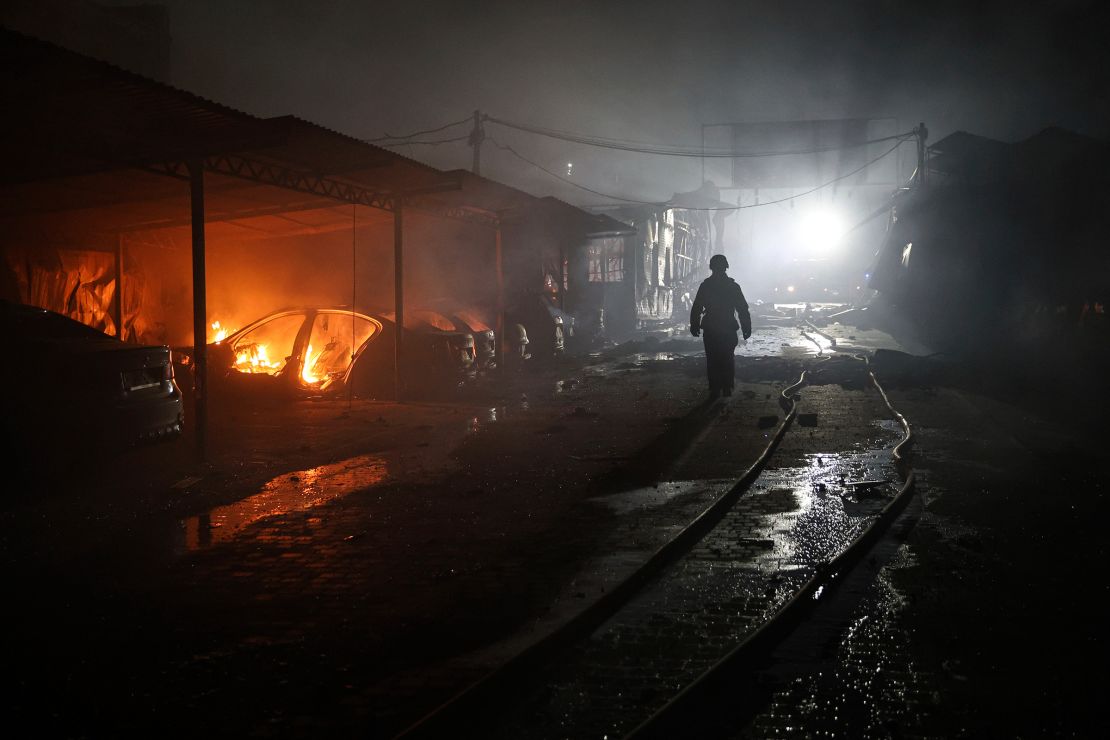
Given Trump’s transactional nature, some analysts have speculated that if his hopes of a Ukraine peace deal faltered, he might simply compartmentalize the war and try to deal with Russia on other issues — especially economics and business. That would permit Putin to continue the conflict without US interference.
Trump might have had this in mind before the recent G7 summit when he showed up in Canada complaining that Putin wasn’t invited. Still, a partial thaw would not require Trump to get over what he seems to view as a personal slight from the Russian leader. And even though such a scenario would allow Russia to shed its pariah status and partially reenter world politics, it’s not clear its possibilities would pierce Putin’s siege mentality.
Russia’s next moves could also influence Trump’s strategy.
There were some signs coming out of a meeting between US Secretary of State Marco Rubio and Russian Foreign Minister Sergei Lavrov in Malaysia on Thursday that US hopes of engaging Russia on the war are not dead. Rubio said he expressed Trump’s “disappointment and frustration” but also that Russia had come up with “a new and different approach.”
Does Putin now think he’s gone too far and needs to get Trump back on side, perhaps by handing the US president a symbolic “win”? Or is this just classic Russian obfuscation in prolonging a hopeless process of talking while its troops fight?
One thing to look for will be whether Trump’s chastening rebuff from Putin changes his approach to diplomacy more generally. The president has long boasted that his “great relationship” with the Russian leader and Chinese President Xi Jinping would yield victories for the United States that no other president could land. But as with North Korean tyrant Kim Jong Un in Trump’s first term, the president’s supposed magnetism has produced very little of substance.
The geopolitical backdrop to the Ukraine issue has also shifted in recent weeks. Trump’s recent strikes on Iran might not have “obliterated” the Islamic Republic’s nuclear sites, as he claims. But they were a demonstration of American military might and a success for the commander in chief who ordered them. For all his threats to democracy, the Constitution and the rule of law in the United States, Trump is clearly established as the world’s most powerful leader, whose daily moves send shockwaves around the globe. Could this shift the dynamics between him and Putin? Does Trump now view the Russian leader less as a strongman to be lionized than as the leader of an inferior power?
One big risk of a period of tension between the White House and the Kremlin would be if Trump and Putin get locked into a cycle of escalation — potentially to defend the enormous credibility that they have both invested in the relationship.
There’s no evidence to suggest that Trump wants to get into a showdown with Putin. Parts of his MAGA base see ideological synergies with Putin: his criticism of “wokeness” and what they see as a decline of Western cultural values. Another GOP faction wants to turn away from Europe in order to devote US military resources to a building showdown with China.
Nothing in Putin’s behavior suggests that he wants a faceoff with Trump or the United States. But the Russian leader has frequently rattled nuclear sabers during the Ukraine conflict, apparently to scare Western populations. Trump’s frequently expressed horror about the cataclysmic results of any nuclear conflict means this is a card the Russian leader might play if tensions really escalate.
Ultimately, Trump might still return to this strategic assumption that has long haunted US policy towards Ukraine. “The fact is that Ukraine, which is a non-NATO country, is going to be vulnerable to military domination by Russia no matter what we do.” This was not another Ukraine-skeptical Trump quote. It was his nemesis, Obama, in an interview with The Atlantic in 2016.
But if nothing else, Trump’s spat with Putin might serve one purpose — dispelling his blind spot over the Russian leader’s true nature.

